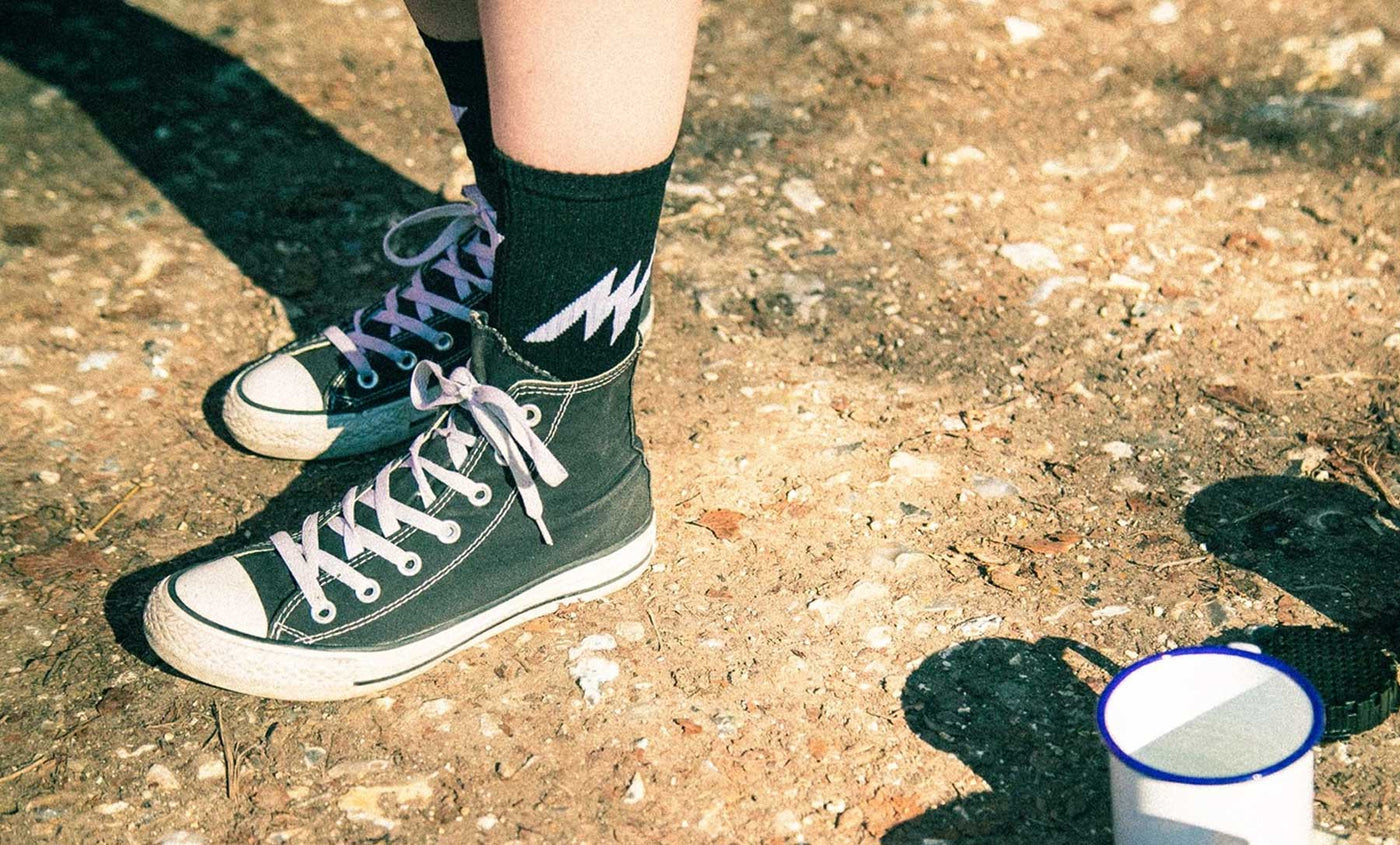Your Cart is Empty

I must admit I’d not heard of the term ‘Bootstrapped’ until I was in a meeting with other small businesses at an e-commerce workshop. There were about 20 other businesses there and all but two had started with investment and had external capital. We were one of the two that didn’t. Bootstrapping, in case you weren’t aware like me, means starting and running a business without external help or capital, funding the development of a company through internal cash flow.
Ever since starting Morvélo in 2008 and our first box of t-shirts we have been bootstrapping our way in the bike world, growing steadily and organically. It was only when I started to look into other cycling and apparel brands that I realised how rare this is. Most have started with outside investment, many have crowdfunded, some have been bought by larger companies and are now part of a group.

It’s the nature of business, of course, to grow to a point where the owners and shareholders can cash out and make money. The external capital drives faster growth in the pursuit of ‘bigger is better’. But does it have to be that way? It is well documented that constant growth, in terms of global GDP, isn’t in any way sustainable. The resources of the world simply cannot handle it. As a small business owner, I am bombarded by messages of how to drive fast growth and success stories of people who have made a fortune. What if you don’t want to make a quick fortune, but instead develop a business in a different way? One that combines your passions, is driven by sustainability and enables you, in your own small way, to make a difference.
Bootstrapping has its challenges for sure. Advertising budget is limited (in fact all budgets are limited!) so it forces you to think creatively rather than throwing money at a problem. You have to work harder at customer satisfaction and loyalty which, really, should be every brand’s key objective. The main benefit however, is it enables quick and swift decisions and allows you to follow what you believe in without external investor pressures.
Our new brand, The Overland, began because we were growing weary of kitting up each time we wanted to go out for a ride. It was a personal vision based on personal experience and certainly not based on market analysis and boardroom meetings. We didn’t have to justify it to any external parties, and the risk is all on us. It focuses the mind for sure, making decisions on gut instinct that could then jeopardise your home if they don’t go to plan.

But Bootstrapping can give you drive and conviction. The Overland has morphed into much more than gravel and bikepacking. It’s grown into a brand that has multi-functionality at its core, enabling people to reduce the amount of clothing they buy because the clothing will perform multiple functions. It’s cycle clothing that can be used day to day and also for running, climbing and roaming outdoors. This evolution is driven because we are following our heart and beliefs.
Bootstrapped companies run on the bare minimum, so staff levels can often be low. There are only four full-time people at The Overland (and Morvélo) and two part-time. This means there are no tiers of management to run decisions by. It operates as more of a family with the small team of ours following what we believe in and looking at how we can make a difference. For a customer, that’s you hopefully, it means a more personal experience. If you have a problem with your order or product it’s dealt with directly by the four people in the office, two of whom are the founders and owners. Product feedback from our customers is directly taken onboard and modifications made for future production.

We are not aiming to be the next big thing. In fact, we are happy to stay small and self-funded. We’re not chasing growth but instead aim to build a stable sustainable business that does things its own way and produces products that will increasingly address the issues that face us all; over supply, climate change and sustainability. We’re far from perfect, but we’re constantly learning and adapting. Bootstrapping lets us stay responsive, small, and focused on the important things - and we wouldn’t have it any other way.